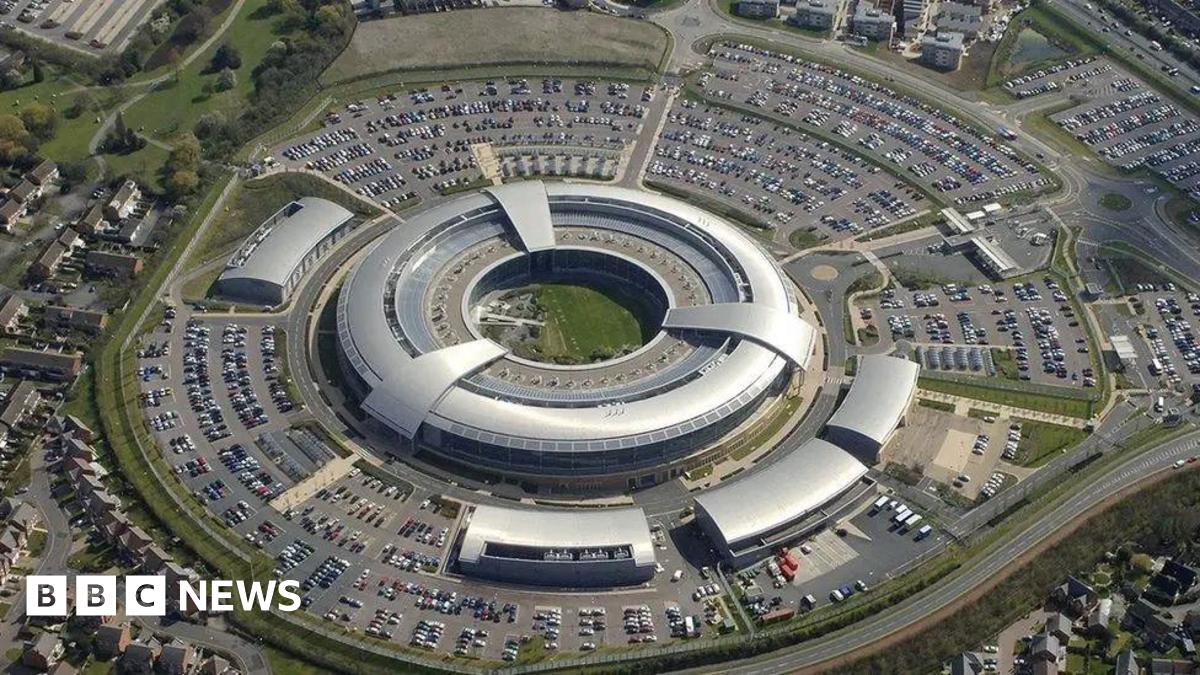World
Top Fastest UK Mobile and Home Broadband ISPs for H1 2024

Today we’re taking our usual biannual look back to see how the average UK broadband download and upload speeds have changed across the fastest nationally available fixed line ISPs, mobile operators and Starlink (satellite) since the end of 2023. Overall, fixed broadband speeds have continued to improve, while mobile remains variable.
As usual the results in this report stem from web-based speed testing by consumers and are thus inevitably impacted by a number of factors, such as the rising coverage of faster networks (e.g. full fibre and 5G) and the associated level of take-up by customers. Due to this, it helps to understand any key changes in network deployments and there have been a few small changes since the last report (Ofcom’s data).
| Fixed Connection | Jan 2024 Coverage (Sept 2023) |
| % Under 10Mbps (USO) | c.1% (c. 1%) |
| Superfast (30Mbps+) | 97% (97%) |
| Gigabit-capable | 80% (78%) |
| Full Fibre (FTTP) | 62% (57%) |
The first thing to note is that the roll-out of Fibre-to-the-Premises (FTTP) technology has taken a bit of a hit over the past year, with many networks reporting job losses and slowing their builds due to wider market pressures (rising costs, high interest rates, competition etc.). Some have weathered this better than others, although there are still many operators with active builds (Summary of Full Fibre Build Progress) and a few have managed to accelerate their deployments (e.g. Openreach, Netomnia, nexfibre / VMO2).
Most of the gigabit-capable coverage continues to be fuelled by commercial roll-outs in urban areas (already reaching 80% of the UK), while the Government’s £5bn Project Gigabit programme (focuses on the final c.20% of unviable / rural premises) aims to help this reach over 85% by 2025, followed by “at least” 99% by 2030. Ofcom predicts the UK will achieve around 90-94% coverage by May 2026 (here).
In terms of mobile networks, both 4G and 5G coverage hasn’t changed all that much. Commercial 5G deployments showed the biggest rise, while the industry-led £1bn Shared Rural Network (SRN) project has made a little progress on boosting geographic 4G coverage and aims to cover 95% of the UK – from at least one operator – by the end of 2025.
| Mobile Coverage |
Jan 2024 Coverage (Sept 2023) |
| 4G Geographic | 81-88% (80-87%) |
| 5G Premises (Outdoor) from at least 1 operator | unchanged (85-93%) |
NOTE: Speedtests can be affected by various issues, such as slow Wi-Fi, limitations of the tester itself, local network congestion and package choice (a lot of people will pick a slower and cheaper plan, even with 1Gbps available). The following results are thus only good for observing general market change over time and MUST NOT be taken as a reflection of ISP capability.
Fastest Major Fixed Broadband ISPs (H1 2024 vs H2 2023)
The data in this report has been gathered from Thinkbroadband’s independent speedtest database (inc. ISPreview’s Broadband Speedtest). The table only includes the largest and most established independent ISPs with strong national availability, but there is a separate table for smaller alternative networks on page 2 – these are difficult to include because they aren’t yet available to the majority of premises and don’t produce much test data due to fewer users.
Naturally, there are caveats to consider with speedtest based studies like this, not least because the results tend to be more reflective of take-up than network availability. For example, some ISPs may have a much larger proportion of customers on slower copper-based (ADSL or FTTC) lines, which can weigh against anybody on faster FTTP packages with the same provider (i.e. pulling average speeds down). The opposite can also be true.
NOTE: The top 10% is the speed experienced by the fastest users on each ISP (below in brackets). The results are averages (mean) in Megabits per second (Mbps). The H1 data was processed at the end of June 2024.
Average Download Speeds – Top 8
| No. | Operator | H1 – 2024 (Top 10%) | H2 – 2023 (Top 10%) | Change % |
| 1. | Virgin Media | 280Mbps (675.4Mbps) | 264.5Mbps (626.6Mbps) | 5.86% |
| 2. | Zen Internet | 199.1Mbps (607.1Mbps) | 165.4Mbps (506.3Mbps) | 20.37% |
| 3. | Vodafone | 179.7Mbps (545.2Mbps) | 134.8Mbps (430.3Mbps) | 33.31% |
| 4. | BT | 116.8Mbps (313Mbps) | 93.7Mbps (231.5Mbps) | 24.65% |
| 5. | Sky Broadband | 74.3Mbps (142.6Mbps) | 61Mbps (127.5Mbps) | 21.8% |
| 6. | Plusnet | 71.5Mbps (147.7Mbps) | 58.5Mbps (103.6Mbps) | 22.22% |
| 7. | EE | 68.3Mbps (103.8Mbps) | 72.1Mbps (108.5Mbps) | -5.27% |
| 8. | TalkTalk | 64Mbps (114.2Mbps) | 64.8Mbps (107.8Mbps) | -1.23% |
Average Upload Speeds – Top 8
| No. | Operator | H1 – 2024 | H2 – 2023 | Change % |
| 1. | Zen Internet | 106.2Mbps | 58.3Mbps | 82.16% |
| 2. | Vodafone | 73.1Mbps | 55.5Mbps | 31.71% |
| 3. | Virgin Media | 39.2Mbps | 34.4Mbps | 13.95% |
| 4. | BT | 24Mbps | 20.7Mbps | 15.94% |
| 5. | Sky Broadband | 16.7Mbps | 14.9Mbps | 12.08% |
| 6. | EE | 16.4Mbps | 19.5Mbps | -15.9% |
| 7. | TalkTalk | 15.7Mbps | 17.6Mbps | -10.8% |
| 8. | Plusnet | 15.4Mbps | 13.1Mbps | 17.56% |
Overall, the average download speed of the top national providers was 131.7Mbps (up from 114.35Mbps) and the average upload speed hit 38.3Mbps (up from 29.25Mbps). Vodafone delivered the biggest (33%) uplift in download performance over the first half of the year, while Zen Internet saw a massive (82%) increase in upload speed. But otherwise most of the changes were in positive territory and about what we’d normally expect.
The exceptions to the rule this time around were EE and TalkTalk, both of quick recorded an unexpected fall in download performance, which seemed to get even worse for uploads. At the time of writing we couldn’t point to any particular reason for why this occurred and it will be interesting to see if they recover for the end of this year.
Finally, Virgin Media launched their new 2Gbps plan earlier this year and a symmetric speed add-on, but we weren’t expecting much of an impact from those changes as they currently only impact people covered by the new nexfibre network (1 million premises).
Satellites
We’ve also been keeping track of the results for SpaceX’s satellite based Starlink broadband service. Sadly, not enough data exists to include other satellite platforms or providers, but that may change in the future. Otherwise, Starlink’s download performance appears to have declined during the first six months of 2024, while their upload speeds have increased.
Average UK Starlink Broadband Speeds
| H1 – 2024 (Top 10%) | H2 – 2023 (Top 10%) | |
| Download | 90.7Mbps (156.9Mbps) | 105.2Mbps (171.3Mbps) |
| Upload | 11.2Mbps (16.4Mbps) | 8.8Mbps (13.3Mbps) |
Now flick over to page 2 to see how the fastest full fibre alternative network (altnet) ISPs and mobile operators performed.










